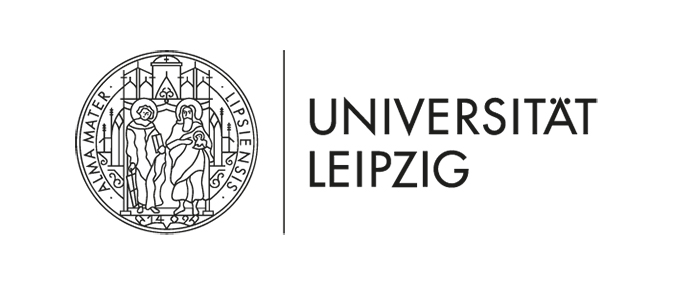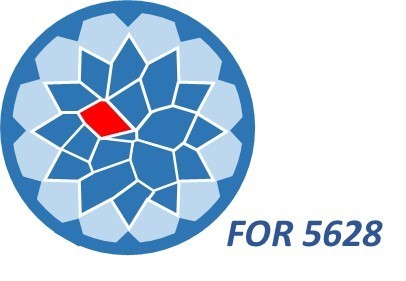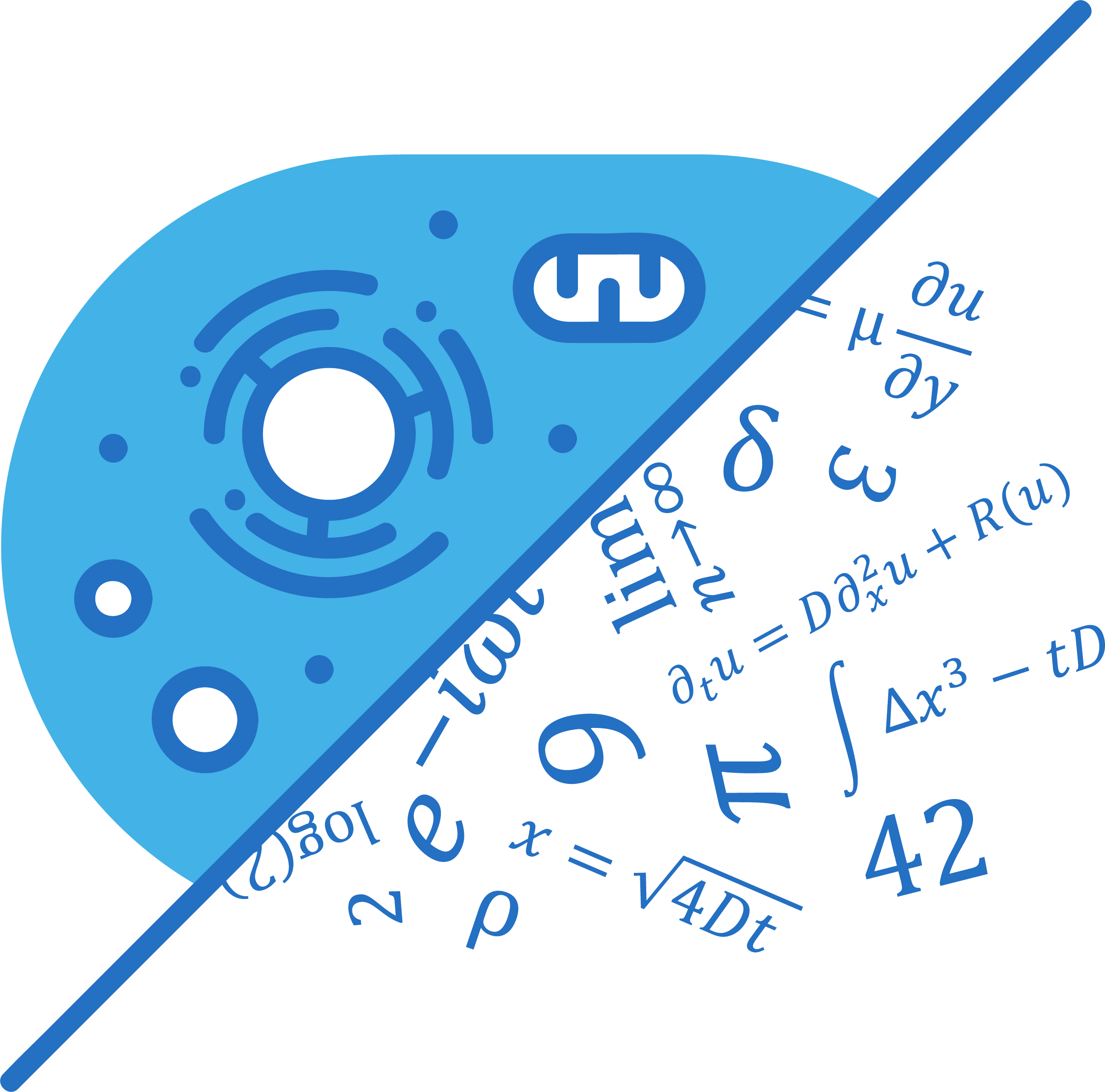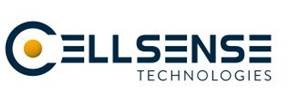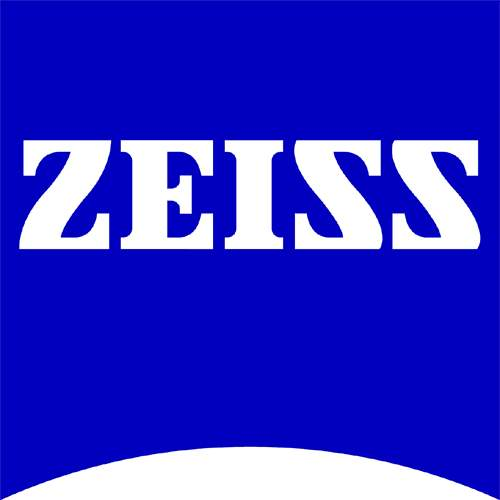|
15th Annual Symposium Physics of Cancer Leipzig, Germany Sept. 30 - Oct. 2, 2024 |
PoC - Physics of Cancer - Annual Symposium | ||||||||||||||||||||||||
|
|
Poster
Exploring glioblastoma organoid complexity with co-localized Brillouin and Raman spectroscopy
Contact: | Website
Glioblastomas are highly aggressive brain tumors that exhibit considerable inter- and intra-tumoral heterogeneity. The biomechanics of whole tissue investigated by Brillouin microscopy represent a challenging field of research due to the presence of multiple tissue components, and remain poorly understood. To date, Brillouin microscopy has not been utilized to examine glioblastoma tissue. In this preliminary study, we employed glioblastoma organoids derived from human brain tumor tissue as an in vitro model that recapitulates the typical characteristics and variability of tumors [1]. Simultaneous and co-localized Brillouin and Raman spectroscopy measurements were performed with a combined confocal system described elsewhere [2]. The excitation wavelength was 780 nm. Furthermore, we employed label-free multiphoton microscopy, utilizing a combination of coherent anti-Stokes Raman scattering, two-photon excited fluorescence, and second harmonic generation, to obtain reference images of cells and the extracellular matrix of living organoids. To supplement this characterization, we conducted histology and immunohistochemistry. The organoids derived from a single GBM patient were monitored over an eight-week cultivation period, during which both combined Brillouin/Raman line maps and bidimensional maps were acquired.
Spectroscopic data were acquired within the first 60 µm beneath the organoid surface, where vital organoid tumor cells were observed at all time points of the research. Brillouin maps were compared to multiphoton images, and a high degree of heterogeneity was confirmed, particularly in the presence of lipid-laden cells, which corresponded to regions of increased Brillouin shift and width. By means of cluster analysis of Raman spectra, five distinct biochemical profiles were identified, corresponding to Brillouin shift clusters that exhibited significant differences (Anova test, n=352, P<0.001). Two tissue components, primarily composed of proteins, exhibited mean Brillouin shifts of 5.20 and 5.25 GHz, respectively, and may be identified as cell cytoplasm. A third protein cluster with a mean Brillouin shift of 5.37 GHz was interpreted as collagenous extracellular matrix. Cholesterol-rich intracellular lipid droplets partly exhibited markedly elevated shifts (two clusters with mean Brillouin shifts of 5.32 and 5.44 GHz, respectively). Similar statistically significant differences were observed among the clusters in the Brillouin bandwidth. A linear correlation was observed between Brillouin shift and width for the lipid droplets and collagen clusters, but not for the cytoplasm clusters. This suggests that varying amounts of heterogeneous broadening are present. From the Raman spectra, a parameter for the water content in the tissue was derived and exhibited a linear correlation with the Brillouin shift. This approach may facilitate a more precise evaluation of the impact of tissue hydration on Brillouin spectroscopy. In conclusion, Raman spectroscopy is a valuable tool that assists in differentiating the physical, biochemical and biomechanical factors that contribute to alterations in the shift and width of the Brillouin bands. A comprehensive understanding of these factors is crucial for accurate interpretation of Brillouin microscopy data in the context of heterogeneous tumor tissue.
|
